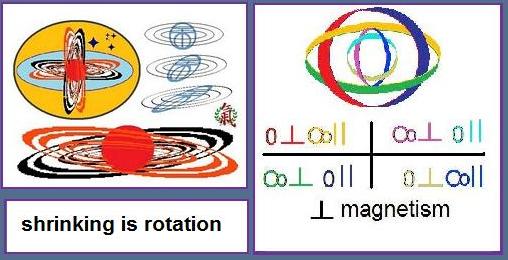
Further Recreational Mathematics L. Edgar Otto August 14, 2011
I call for ideas from the puzzle community to contribute and explore some of these directions. This began for me in asking myself (after seeing that the Egyptian children had wheel and axle carts while their parents still moved blocks rolling them on logs placed from the front to back as the blocks moved- a game we made into toys as children in turn), what toy in our present age may have such significance? And I chose to investigate the SOMA cube puzzle.
Although I greatly admire Peter Rowlands book on the fundamentals I am not quite convinced the system and how he describes it, as beautiful as it is, is enough to explain foundations either as science or philosophy. It should be very clear that the Higgs idea as presented and the assumed equivalence to zero-point fields and so on, the idea of a spin zero boson and the whole first blush approach to the nilpotent formulations- makes some rather unlikely and unsupported assumptions- as Rowlands points out that renormalization does not have a solid grounding. Yet the book reads as does other books, holy books really wherein a young soul might be receptive to a total belief in a presented system- that of the standard theory. Yet we should go beyond this in Rowlands great step as working with the vacua and his ideas of continuity as regards to observables.
The standard theory and Higgs for me have become again a toy, so what now to do with the slave labor of applications and theory as we await the governor of the steam engine as Bergson observed to free up one of the engineers to write poetry?
* * *
I will also post here today illustrations of some of my colorings of cubes as I had wondered what sort of sets they make. In particular the symmetries of the icosahedron, cube, and tetrahedron. The viewing into the depth of a tesseract from the surface (after all Rowlands does get the point of a muon as singularity and the idea of what is multiply connected or not as such in the topology). I find also an interesting coloring based on the old astrology tables of 12 triangles around a square in the farmers almanac of Franklin as if a mirror to the 13 star usa flag arrangement. This seems to lead to some interesting same level breaking of the more general parity division of the tessseract and to some interesting flat tile coloring.
One should of course show for the icosahedron the matching of these twenty triangles.
The main issue in the so called filled vacua if we try to imagine these as particles as to what is the physical or what the virtual and nothingness for me in the application to genetic models at least was from one side of the formulation the 20 was a significant number- and for me the 24. But let us note that the product of these is 480 of use for many things like particle physics! Not to mention the 240 soma cube solutions or the 240 8-space spheres surrounding another one.

I suspect but have not explored the cubes which are quasic (that is 2^n informational as in the zebra or piano dice of the 8 tesseract cube faces touching) as far as the application or distinctions of colors may go. I forgot in fact how I derived the set of cubes with only ten letters at the time of my calyptic cubes of 9 patterns four at a time from 6 cubes. But at the time I was doing this more as a recreation than a hard look at space and numbers. Of course we can formally color things other ways with fewer colors- the 20 of triangles of four colors, or the coloring of the polyhedra with lesser colors and so on...
* * *


No comments:
Post a Comment